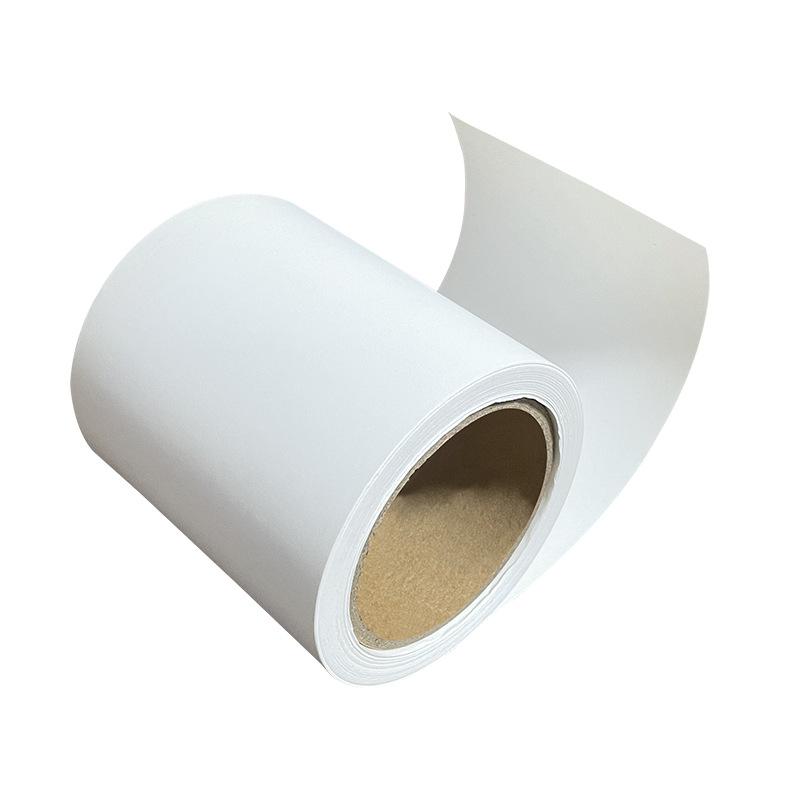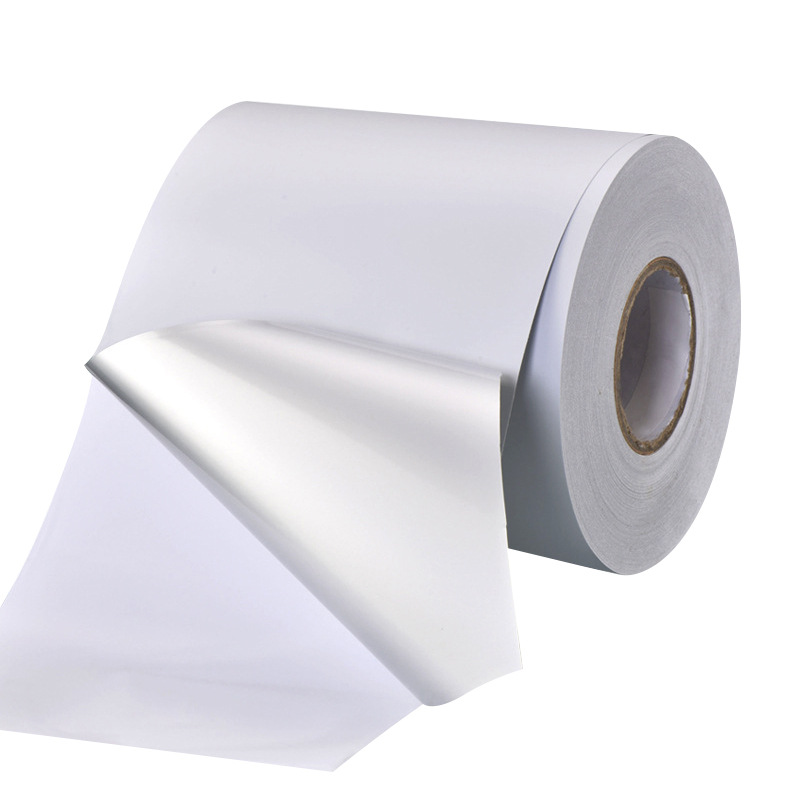Temperature sensing labels in the Sticker Label Industry
The sticker label industry has witnessed remarkable advancements in recent years, with the introduction of innovative technologies and materials that cater to a wide range of applications. One such innovation that has gained prominence is temperature sensing labels. These labels have found applications in various industries, including food, pharmaceuticals, electronics, and logistics. In this article, we will explore the significance of temperature sensing labels, their manufacturing process, key features, and their role in ensuring product safety and quality.
Understanding Temperature Sensing Labels
Temperature sensing labels are specialized labels designed to monitor and indicate temperature fluctuations in real-time. They play a crucial role in industries where temperature control is essential for product quality and safety. These labels are particularly valuable in industries such as healthcare, where the transportation and storage of temperature-sensitive vaccines and medications are critical.
Manufacturing Process
The production of temperature sensing labels involves several steps to ensure their accuracy and reliability. The following is a brief overview of the manufacturing process:
1. Substrate Selection: The base material for temperature sensing labels is carefully chosen based on the intended application. Common substrates include paper, plastic, and specialized adhesive materials.
2. Ink Formulation: Temperature-sensitive ink is prepared, which changes color at specific temperature thresholds. This ink is precisely formulated to provide accurate temperature readings.
3. Printing: The temperature-sensitive ink is printed onto the chosen substrate using advanced printing techniques. The printing process ensures uniform distribution of the ink, which is essential for accurate temperature monitoring.
4. Calibration: Each label is calibrated to change color at specific temperature points. This calibration process is crucial to ensure the labels' accuracy in temperature monitoring.
5. Die-Cutting: Labels are die-cut into the desired shapes and sizes for easy application on products or packaging.
Key Features of Temperature Sensing Labels
Temperature sensing labels offer several key features that make them invaluable in various industries:
1. Real-Time Monitoring: These labels provide real-time temperature monitoring, allowing for immediate detection of temperature deviations.
2. Irreversible Change: Once the label changes color, the transformation is irreversible, indicating a temperature breach that cannot be concealed or reset.
3. Customization: Temperature sensing labels can be customized to suit specific temperature ranges and application requirements.
4. User-Friendly: These labels are easy to apply and do not require any additional equipment or expertise for activation.
Applications in Different Industries
Temperature sensing labels find applications in a wide range of industries:
1. Food Industry: In the food industry, these labels are used to monitor temperature-sensitive products during transportation and storage, ensuring food safety and quality.
2. Pharmaceutical Industry: Temperature sensing labels are crucial for monitoring the temperature of vaccines, medications, and other pharmaceutical products to maintain their efficacy.
3. Electronics Industry: Electronics components and devices often require specific temperature conditions for storage and transportation. These labels help ensure the integrity of electronic products.
4. Logistics and Cold Chain: Temperature sensing labels play a vital role in the logistics and cold chain industry, where maintaining temperature-sensitive cargo at the right conditions is essential.
Conclusion
Temperature sensing labels have become indispensable tools for industries that rely on temperature control to maintain product quality and safety. Their ability to provide real-time monitoring, irreversible changes, and customization options makes them a valuable asset in various applications. As technology continues to advance, we can expect further innovations in the sticker label industry, including temperature sensing labels, to play an even more significant role in ensuring product integrity and safety.
For more information on temperature sensing labels and their applications, please refer to the respective product manuals and guidelines provided by manufacturers.
We offer comprehensive technical support, including free professional labeling solutions, advice on label materials and adhesive selection, as well as online/offline assistance from professional software and hardware engineers. Service email: andy@ownlikes.cn. In pre-sales, we leverage our extensive experience in specialty labeling projects to provide clients with the most suitable hardware solutions. Additionally, all our label barcode printers and scanners come with a three-year free warranty, demonstrating our confidence in our products.






This site is protected by reCAPTCHA and the Google Privacy Policy and Terms of Service apply.